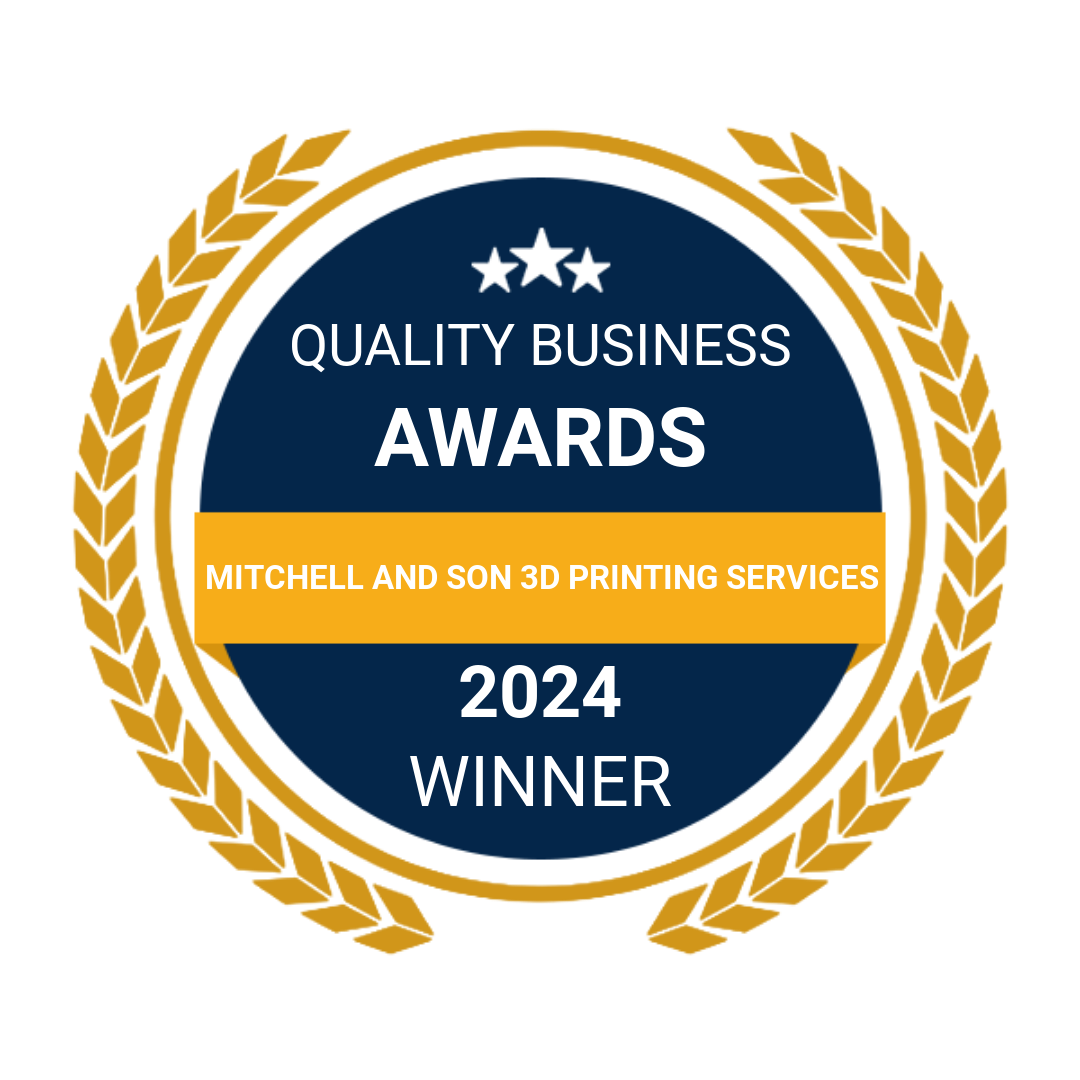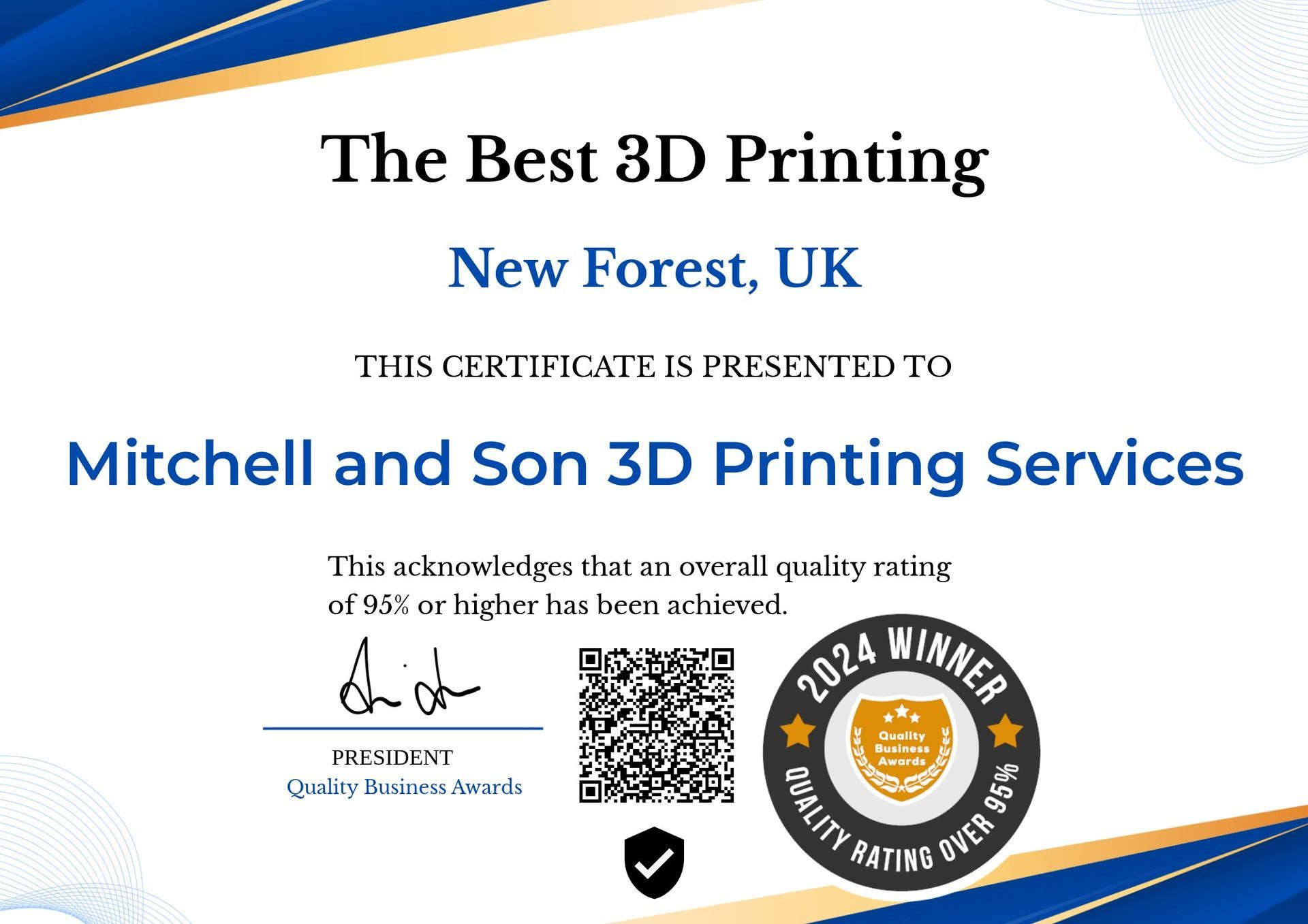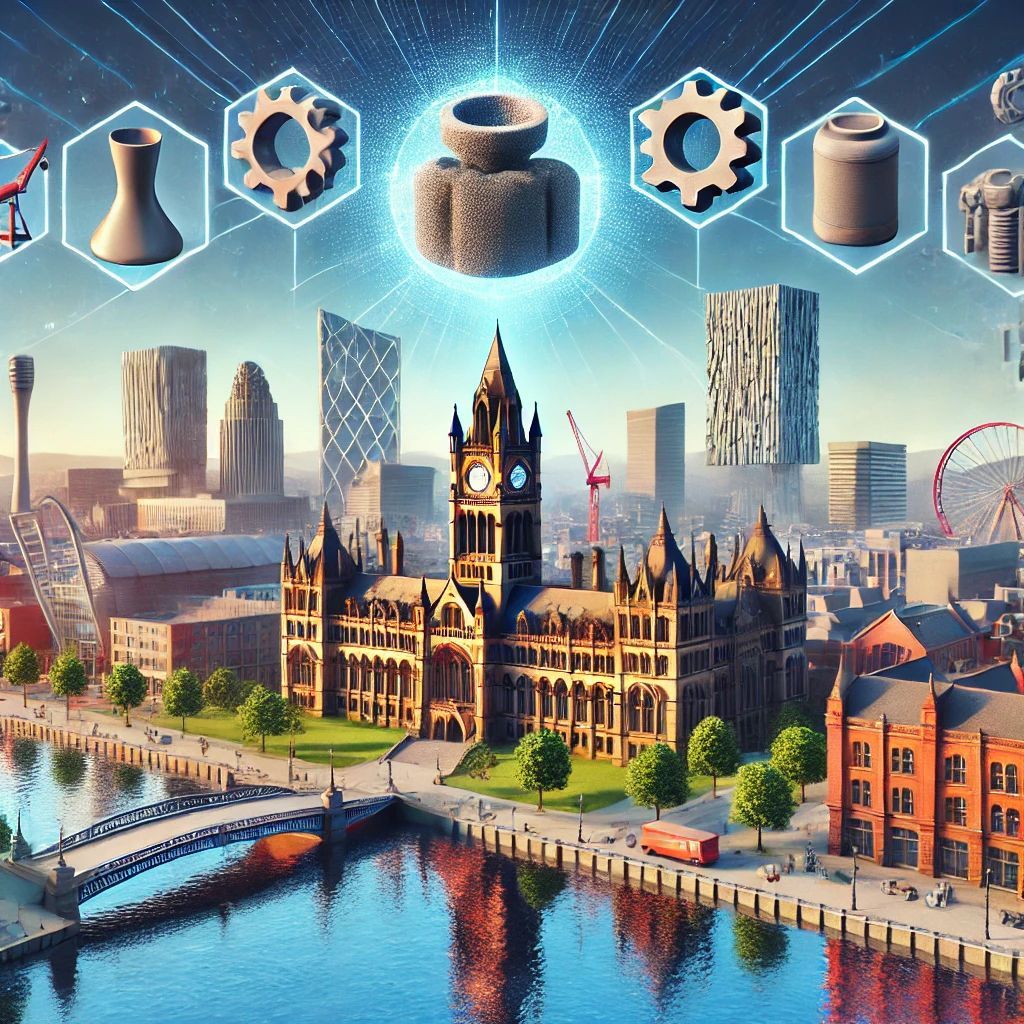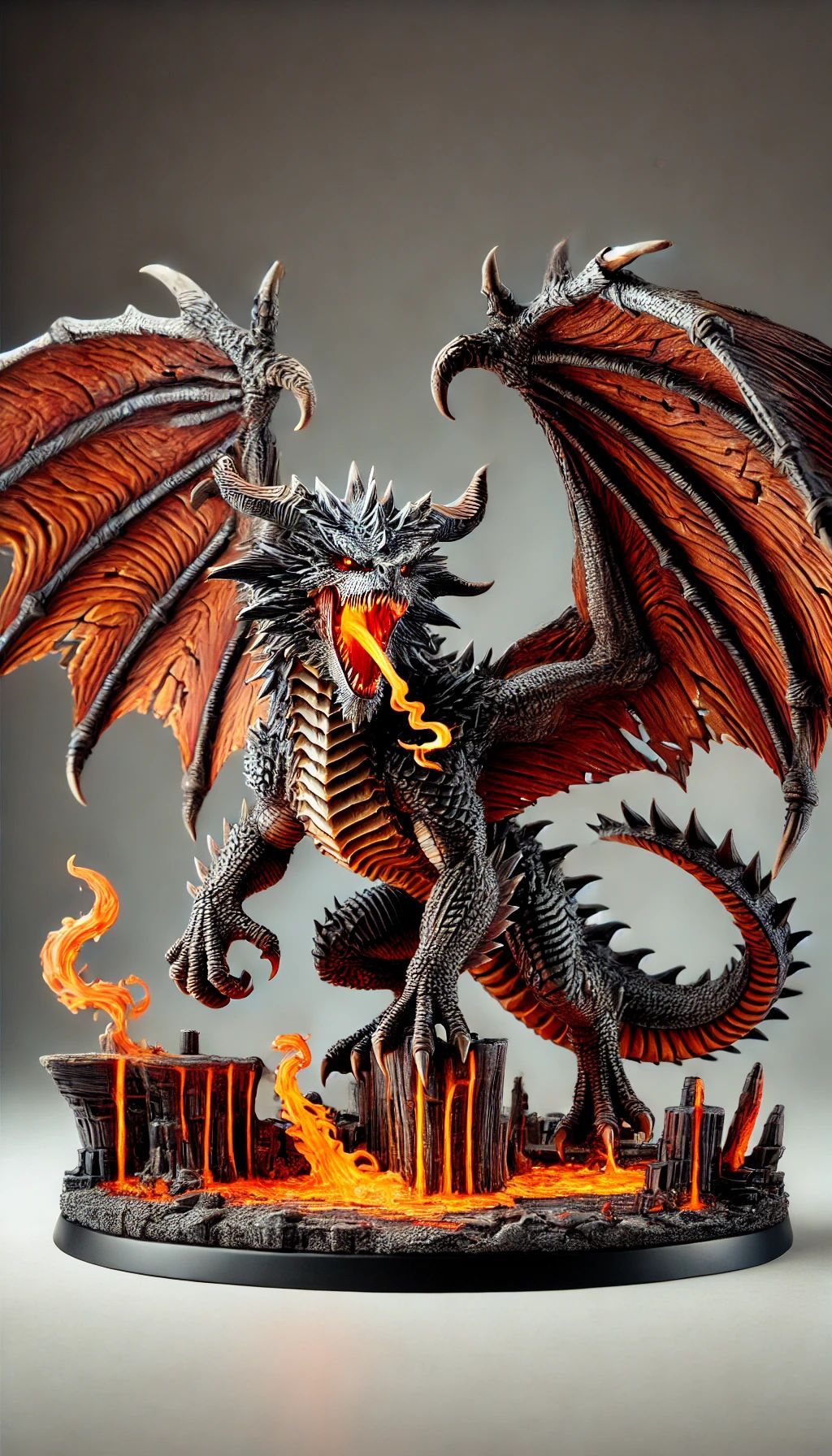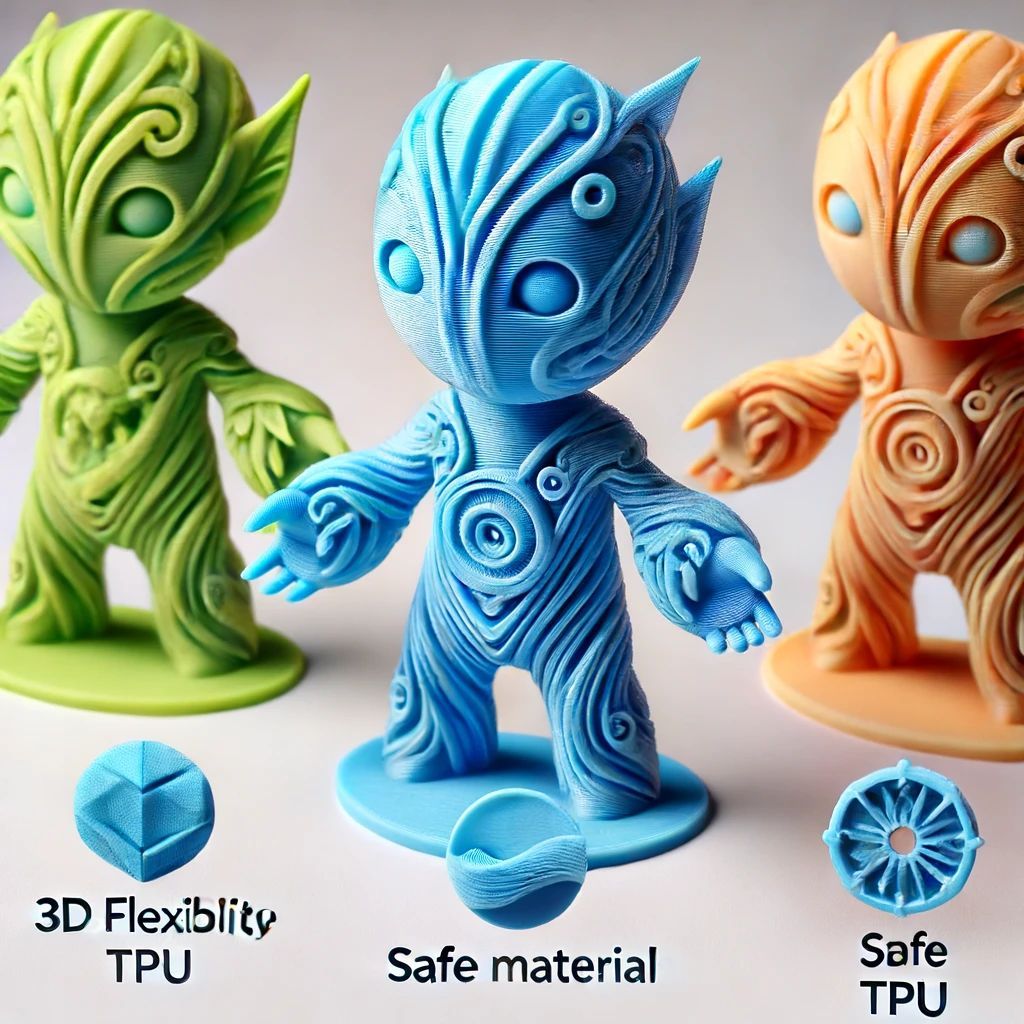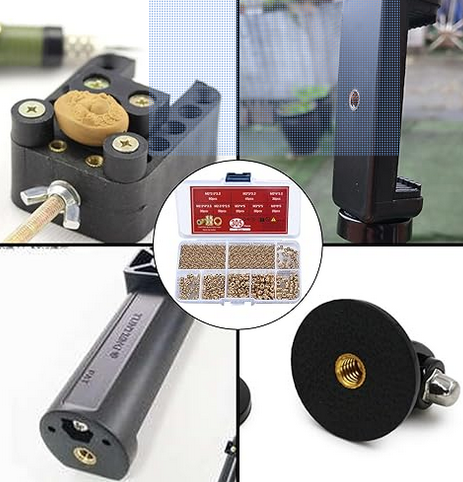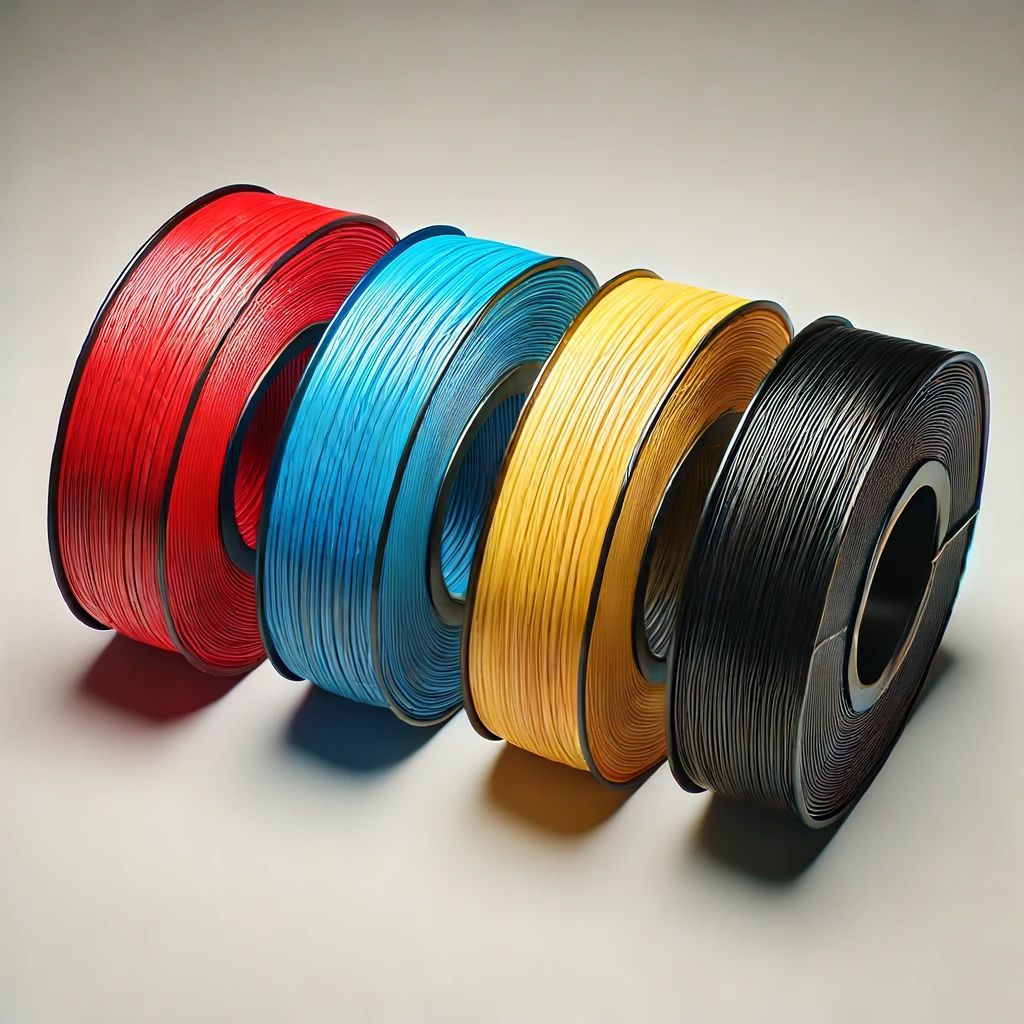How 3D Printing is Revolutionizing the Manufacturing Industry and Changing the Way We Create
How 3D Printing is Revolutionizing the Manufacturing Industry and Changing the Way We Create
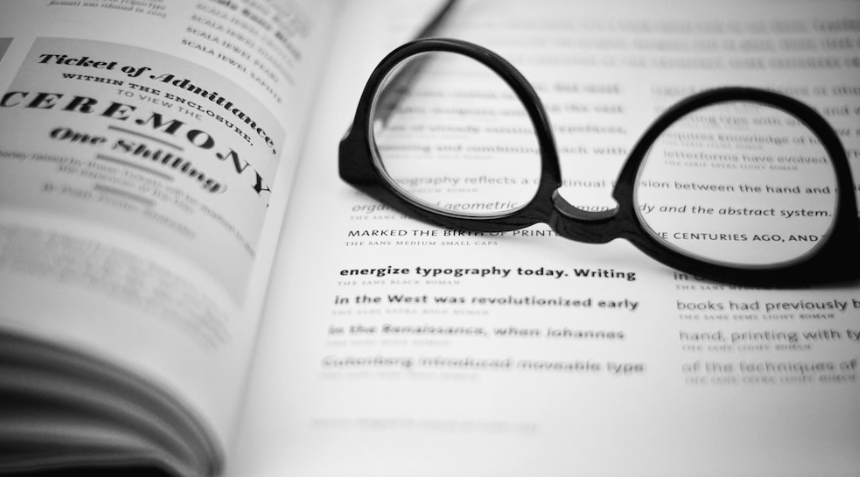
3D printing is revolutionizing the manufacturing industry and changing the way we create. This groundbreaking technology is transforming the way products are designed and produced, making it easier and faster to bring ideas to life.
By combining digital 3D design data with advanced printing techniques, products can be created with high levels of accuracy and detail.
3D printing is opening up new possibilities for manufacturers, allowing them to create complex and customized parts faster, cheaper, and with less waste.
By utilizing this technology, manufacturers can create products faster, reduce costs, and make more efficient use of materials.
3D printing is revolutionizing the manufacturing industry and allowing us to create products with unprecedented speed and accuracy.
Benefits of 3D Printing for Manufacturers
Benefits of 3D printing for manufacturers include reduced lead times, increased design flexibility, less waste, and the ability to create products that are more ergonomic and tailored for specific customers.
Additionally, 3D printing allows manufacturers to make lighter products, as they can print them with hollow internal structures.
This can also make products more eco-friendly, as it reduces the need for excess materials.
The Different Types of 3D Printing Technologies
There are several types of 3D printing technologies,
including FDM (Fused Deposition Modelling), SLS (Selective Laser Sintering), SLA (Stereolithography), and Polymer SRP (Selective Laser Sintering).
FDM: Fused deposition modelling is the most commonly used 3D printing technology to create plastic products and components.
It uses a computer-aided extrusion head that dispenses molten thermoplastic as filament to build up an object one layer at a time.
Due to its simplicity and low cost, FDM is used in a variety of industries, from automotive to aerospace.
SLA: Stereolithography uses light to cure liquid resin into solid parts.
The technology was invented in the 1980s and is used for prototyping and low-volume manufacturing, such as for art and dental applications.
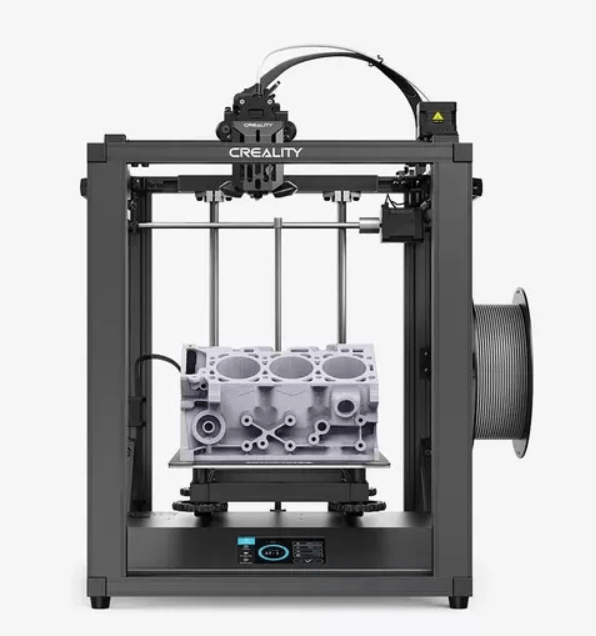
3D Printing Applications
Manufacturers are using 3D printing to produce everything from prototype parts to final products.
This technology can be used to produce small batches or large quantities, and can make highly complex parts that are otherwise difficult to produce.
Examples of 3D printing applications include the production of dental crowns, customized hearing aids, orthopedic implants, and spare parts for aircraft.
3D Printing Materials
There are many materials used for 3D printing, including ABS plastic, nylon, and metals. ABS plastics are softer and cheaper than nylon with higher impact strength and lower rigidity.
Nylon is a harder and more expensive material with exceptional strength and flexibility.
Metals are more durable than plastics, but are heavier and more expensive.
3D Printing Costs
The cost of 3D printing depends on many variables, including the part design, quantity, materials, and technology used
. The approximate range is between £1,500 and £20,000 per part, but can be much higher.
It's important to be realistic with your design expectations and consider all costs as you're planning a project.
Advantages and Disadvantages of 3D Printing
Advantages of 3D printing include improved design and product development, reduced time to market, and lower production costs.
One major drawback of 3D printing is the lack of accuracy. The technology works best with simple geometric shapes, which can lead to inaccurate designs, poor fit and finish, and reduced durability.
To address these limitations, manufacturers are developing new 3D printing technologies, such as multi-jet and high-precision printing.

3D Printing Services and Companies
If you are interested in learning more about 3D printing and how it can revolutionize the manufacturing industry, you can use an online search engine to find local 3D printing companies and 3D printing services near you.
From there, you will be able to explore the different 3D printing technologies and get a sense of how 3D printing is changing the way we create. In addition to finding local 3D printing companies, you can also find information about the major players in the industry through online resources.
The future of 3D printing in manufacturing is bright, as this technology is constantly evolving to address existing challenges and expand its use in new areas.
Engineers and designers are constantly developing and improving 3D printing technologies to create better products faster and cheaper, and manufacturers are investing in this technology to stay competitive.
The Future of 3D Printing in Manufacturing
The future of 3D printing in manufacturing is looking very bright, as this technology has the potential to revolutionize the way we create products. With its ability to produce complex geometries with high accuracy, 3D printing is already being used in a wide variety of industries and applications.
In addition, 3D printing is becoming more affordable and accessible, making it a viable option for small businesses and entrepreneurs.
As the technology continues to develop, manufacturers will be able to use 3D printing for even more complex tasks and designs.
This will open up new possibilities for product development and customization that were not previously available.
In the future, 3D printing could be used to create entire products from scratch, or to rapidly prototype new ideas and designs.
The possibilities are endless!

